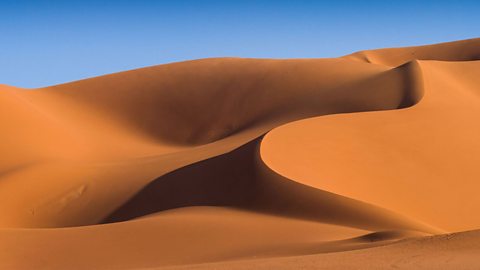What are the five oceans of the world?
Oceans are large bodies of salt water. They cover about two thirds of the Earth. There are five oceans:
- The Pacific Ocean
- The Atlantic Ocean
- The Indian Ocean
- The Arctic Ocean
- The Southern Ocean
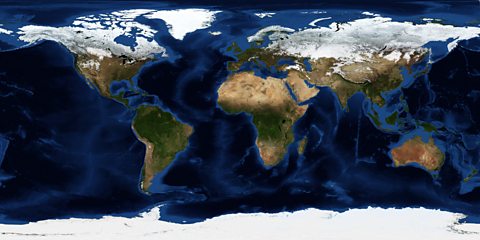 Image source, NASA
Image source, NASAThe Pacific Ocean
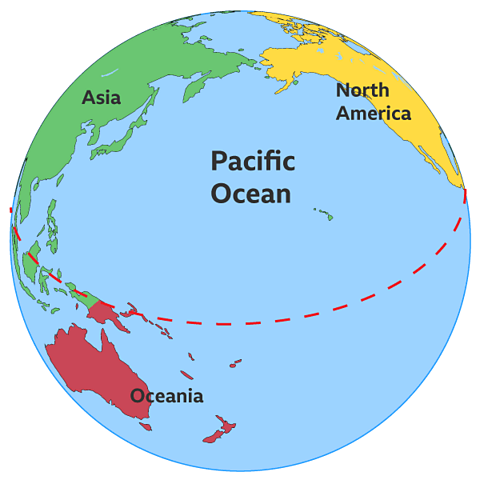
The Pacific Ocean is the world’s largest ocean. It covers about a third of the Earth.
The Pacific Ocean stretches from the continents of Asia and Oceania on the east, to North and South America on the west. It also stretches across both sides of the Equator, which is shown in this picture by the red dotted line.
The Equator splits the Pacific Ocean into two parts: The North Pacific and the South Pacific.

The Atlantic Ocean
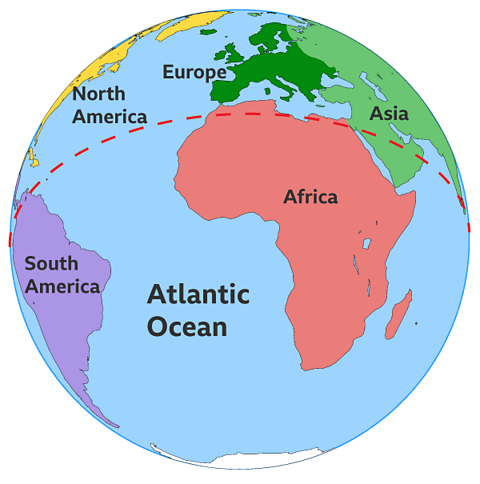
The world’s second largest ocean is the Atlantic Ocean. It covers about a quarter of the Earth.
To the west of the Atlantic Ocean are the continents of North and South America. Europe and Africa are to the east.
As with the Pacific, the Equator splits the Atlantic Ocean into two parts: The North Atlantic and South Atlantic.
The Indian Ocean
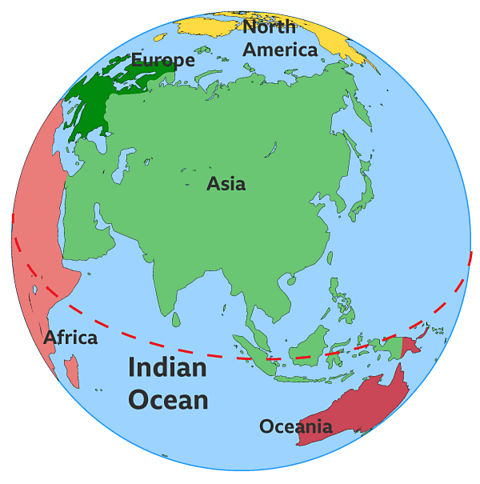
The Indian Ocean is the third largest ocean.
It is in between the continents of Africa, Asia and Oceania.

The Southern Ocean
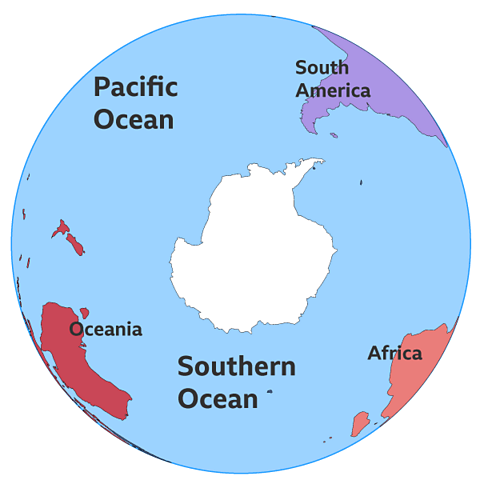
The water surrounding Antarctica is called the Southern Ocean. It is near the South Pole. It is very cold and there are icebergs floating in the water, even in the summer.
The Southern Ocean is the second smallest ocean.
The Arctic Ocean

The smallest and shallowest ocean is the Arctic Ocean. It surrounds the Arctic and the North Pole.
The Arctic is the coldest of all the oceans. Most of the Arctic Ocean is covered with ice all year.

Watch: The World and its oceans
Hello, I'm Earth. I'm where you live. You and a few billion others.
People live all over me on bits of land called continents.
There are seven:
North America
South America
Africa
Europe
Asia
Oceania
and Antarctica.
Over two thirds of my surface is covered in water. Most of it is held in the five oceans:
The Atlantic Ocean
The Indian Ocean
The Pacific Ocean
The Southern Ocean
and The Arctic Ocean.
I orbit around the sun. Not that fast! It actually takes me a year.
There's an imaginary line that runs around my middle, which is always closest to the sun.
There it is, the Equator.
It marks the difference between my two parts: the northern hemisphere and the southern hemisphere.
This cold part at the top is my most northern point and is called the North Pole.
I also have another cold part at my bottom - I mean, my most southerly point - which is called the South Pole.
I have a lot going on, don't I?
So take care of me, please, because I'm your home.
What are oceans like?
All five oceans are connected with each other, and water flows between them.
The deepest known area of the ocean is the Mariana Trench in the Pacific. It is nearly 11,000 metres deep. It is so deep that if you put Mount Everest, the world’s tallest mountain, at the bottom of the trench, the top of the mountain would still be under water.
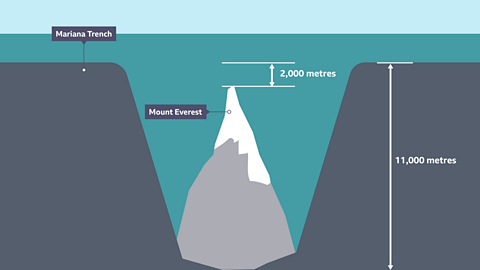

The ocean floor can be flat or it can have caves and mountains.
The weather can be very extreme on the oceans. There can be very high winds and huge waves.

Activity: Oceans quiz
BBC Bitesize newsletter. External Link
Sign up to our BBC Bitesize newsletter to receive monthly news, stories and updates on latest Bitesize content.

More on Explore the world
Find out more by working through a topic
- count1 of 15
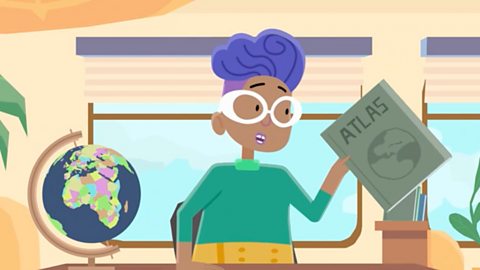
- count2 of 15
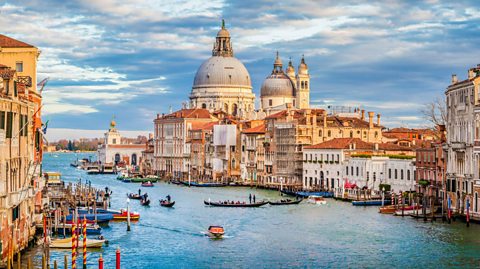
- count3 of 15

- count4 of 15
